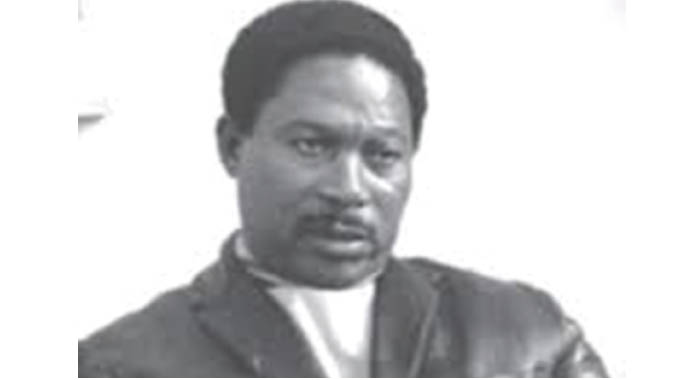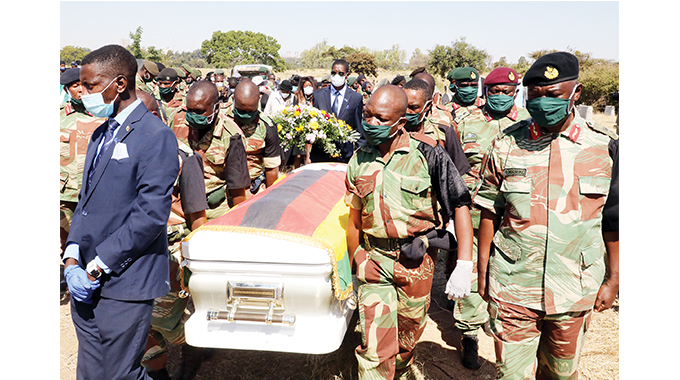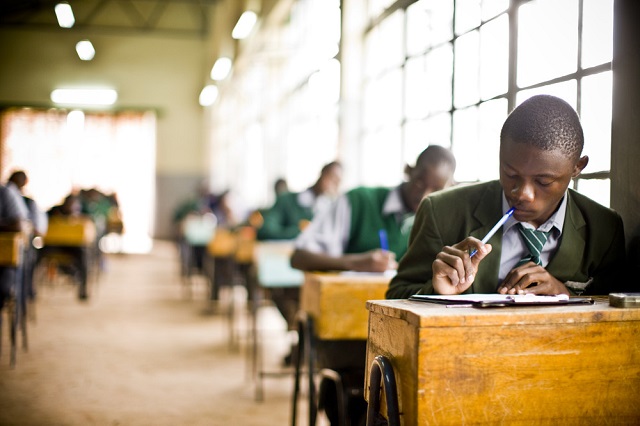Education for liberation: Zim school in zambia

Pathisa Nyathi
That we have been accorded the opportunity to celebrate forty years of Zimbabwe’s independence has made it possible for some of us to deal with several varied themes relating to the armed struggle, something that we probably were never going to do.
It all started with the decision to move the independence celebration to Bulawayo in 2020. It was the first of its kind to have the celebrations migrate from Harare and that could have been through the intervention and benevolence of the Second Republic.
This article and a sequel to it will focus the spotlight on education for boys and girls during the liberation struggle with particular reference to Zapu. The article is based on a report by Patrick Bolland, a Canadian who visited the Zimbabwe School in Zambia in 1978.
He was coming from Dawson College in Montreal. His article was titled, “A Look at Education and Liberation in a Zimbabwean Refugee Camp.” His visit came after the Rhodesian air raids on Freedom Camp (FC) in October 1978 where 226 people were killed and 629 wounded.
The two campuses of the Zimbabwe School were Victory Camp (VC) for girls and Jason Ziyapapa Moyo, abridged to JZ Moyo. The latter school was named after Jason Ziyapapa Moyo who was ZPRA Commander-in-Chief from 1971 following the departure of James Robert Dambaza Chikerema in the same year. In a footnote, Bolland gave an account of the demise of JZ Moyo. “Jason (he mistakes his name for James) was killed in a letter bomb in 1977. He got a telephone call from a trusted colleague in Botswana that a package was on its way.
The Rhodesian Special Branch (SB) monitored the call and substituted the letter bomb that blew up in Moyo’s face when he opened it in Lusaka.”
Apparently, Bolland’s account tallies with what we have always said. The letter was indeed very innocent and sent by an innocent and loving acquaintance. The Special Branch did what we have always said, that telephone communication between Zambia and Botswana then was not direct. Rather it was relayed through Rhodesia. The Special Branch listened in and got information about the parcel bearing the handwriting of a girlfriend — exactly what they wanted.
Armed with the letter bearing the acquaintance’s handwritten letter they swapped the contents and substituted them with a bomb. The bomb exploded in front of him. He personally opened the letter.
Back to the school. The Zimbabwe School was opened in 1975 as an educational facility for children fleeing from oppression in Rhodesia. The school was run by Zapu-Patriotic Front. The physical infrastructure at Victory Camp (VC) just west of Lusaka was poor, to say the least. Victory Camp or just VC for short was a few kilometres from Lusaka with JZ Moyo School for boys a short distance from VC down along a dusty road. The population at VC in December stood at 6 000. By the middle of 1978 just before Bolland visited, the population had ballooned to 15 000.
Both the adults and majority of young girls lived in military style tents. Already, there was a lot of construction taking place at VC. Both electricity and sanitary water had been installed. New dormitories had been constructed, along with dining halls and a wash room. A large septic camp was nearing completion.
JZ School for boys was, in terms of available physical infrastructure, a pale shadow of Victory Camp. In 1978 JZ Moyo School had a population of 11 580 boys.
There were no permanent structures, no electricity and no running water, “ . . . and the tents in which they slept were huddled around the few shade trees within the perimeter of the camp.”
There were push factors that saw children leave Rhodesia to seek refuge in both Zambia and Mozambique. In the last three years there had been 100 000 refugees running away from the so called “protected villages” mostly in north-eastern Mashonaland where Zanla operated.
The aim behind the institution of “protected villages” was to cut off support for the guerrillas who the Rhodesians referred to as “terrorists” from the villagers.
The concept had been copied from the strategic hamlets in Vietnam. Repression in Zimbabwe intensified when the liberation war ramped.
Those accused of “aiding terrorists” were brutally killed or tortured. As a result, the young fled to neighbouring countries. The Rhodesians peddled lies that guerrillas were abducting the children. Bolland observed that the majority of refugees going to Zambia were children.
At both schools, priority was to provide food, clothing and essential health services. The schools faced a number of challenges. There was an acute shortage of drugs. As one coming from Canada it surprised Bolland that the whole stock of drugs at VC for example, was less than what a Canadian family would have in its bathroom.
The dusty conditions did not help the situation either. There were 80 sewing machines at VC and a single cutting machine. A related challenge was irregular supply of cloth to make shirts, dresses and trousers for refugees.
Food and factory were then competing for space in a single warehouse. As a result of limited storage space, food lasting a mere two days was all that could be stored in the warehouse. In order to cope with the situation, orders were done and delivered more frequently. On a daily basis, 120 50kg bags of mealie-meal were consumed. Following the construction of 20 new dormitories, there was vast improvement on leaking tents which had been the children’s only shelter to date.
The children were sleeping two per bed with no space between the two-tier bunk beds. Even after this development, only half the number of girls in the camp were going to be accommodated. Then came the time when the question arose regarding what to do with the children.
Should they be left to their own whims? Should schools be established for them? If that should be the case, where will teaching materials come from? The other question demanding an answer was what the children were going to be taught. It was a question about content, not just any content but content for liberation.
Compilers of the curriculum sought to teach the children in a manner that was going to wean them from an imperialistic and colonial viewpoint. This was the case with regard to boys and girls that had been to schools in Rhodesia. However, for those who had not been to school, the aim was to liberate them from themselves and from their environment. It was envisaged that the pupils were going to see that they were the centre of activity taking place in Zimbabwe. That translated to coming up with a curriculum that was tailored to suit the needs of a new Zimbabwe.
The books being used in the Zambian Ministry of Education were deemed decidedly unsuitable. For example, the little girls watched their mothers pounding maize while their brothers were learning skilled trades. Town life was being depicted as more favourable than village life. Middle class life was being depicted and exalted. In short, all was hardly the stuff for a revolutionary education.
The task of transforming a colonial perspective was left to political commissars who taught classes what may be termed ‘‘social studies” which included the history of Zimbabwe, political developments in Southern Africa, the nature of capitalism and socialism as ideologies, as well as bringing the children to be up to date with developments in the armed struggle in Zimbabwe.
For teaching material, commissars relied on party publications, including party radio broadcasts beamed in Rhodesia from Zambia.








Comments